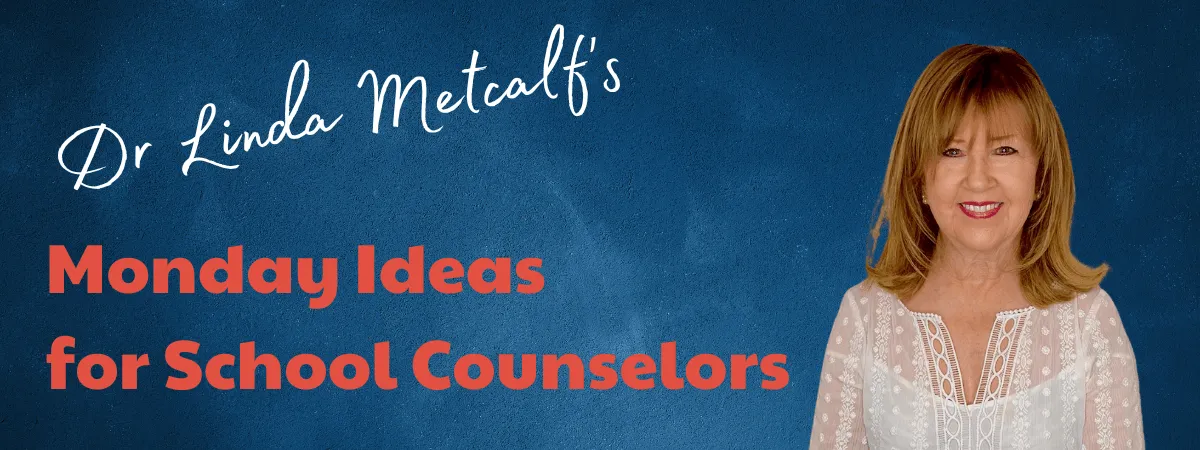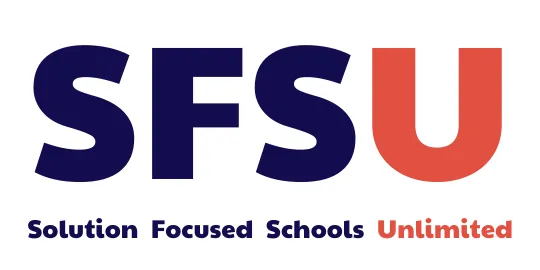
Monday Ideas for School Counselors
Weekly articles for school counselors with ideas on how to resolve typical school situations with students, teachers and parents using the solution focused approach.

Pushing Past the Struggle
As the school year progresses, school counselors often notice a rise in student challenges such as anger, anxiety, depression, and frustration across all grade levels. Teachers, parents, and administrators express concerns, and students arrive at your office seeking help. You may wonder how to address each situation uniquely. But what if there was a way to view these challenges through a fresh lens—as problems trying to rob students of their positive school experiences?
Sometimes, people ruminate on a problem, which makes them sadder and creates a cycle of rumination again. A study suggests that “…rumination is associated with difficulties in cognitive control over emotional information among a sample of youth. Just as rumination increases negative mood, negative mood, in turn, increase rumination (e.g. Nolen-Hoeksema et al., 2007).
Of course, students do need to talk about what bothers them and its important that we listen. But, then, it is also important to gently move forward, talking about how the student wants things to be, in detail. This creates new neural pathways, especially when we get lots of detail on what students will be doing when things are better.
When we shift the narrative and teach students a new way of engaging with their concerns, focusing on how they wish things would be, those new neural pathways then become the “go to’s” that can help students experience a better mood when thinking about an issue.
Introducing: Externalizing the Problem (White, 1988)
Let’s start with us:
Think about a current problem that’s been bothering you. Pause for a moment and consider how it has influenced your actions, thoughts, and beliefs about yourself.
If you were to describe this problem, how would you visualize it? Is it like a heavy mountain, a lurking monster, or a tricky gremlin?
Picture it clearly in your mind or draw it out.
Now, follow these steps with your students:
Name the problem: Give it a name and then write down at least five ways the problem robs you of joy, creativity, happiness, or success.
Measure the impact of the problem: Sit back and visualize the problem and rate the problem on a scale of 1-10, where 10 represents its maximum intensity. Where are you right now?
Recall times when the problem occurred slightly less” Think of a time when the problem was intense but didn’t stop you from achieving something you wanted. What did you do? How did you overcome it?
Take action and build a preferred future: For the rest of the day, try to lower your problem score by one point. Just use the same strategies you’ve used before. What specific actions will you take? What might others notice about the change in you? Write these steps down and keep them visible.
At the end of the day, revisit your scale.
Reflect:
Did taking small, intentional steps help you regain some control?
Who noticed the difference?
How was it for you?
Empowering Students, One Step at a Time
This approach works wonders across all age groups, from kindergarteners to high school seniors and even staff. By helping students externalize their problems, you create space for them to reclaim their day, their joy, and their ability to thrive. As they take small steps toward solutions, they build confidence and resilience.
So, let’s cheer our students on as they rise above their challenges and head toward solutions this week.
And, do the same for yourself today.
Reference:
White, M. (1988). The externalizing of the problem and the re-authoring of lives and relationships. Dulwich Centre.

Practical tools and strategies for school counselors to help students achieve their goals
Practical tools and strategies for school counselors to help students achieve their goals
© 2025 Solution Focused Schools Unlimited LLC


